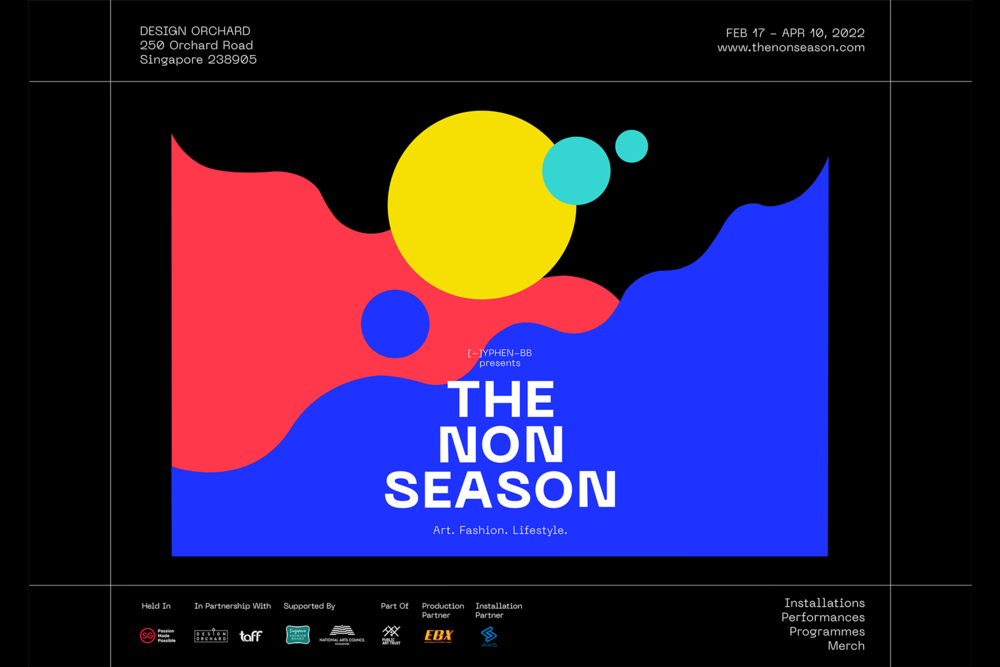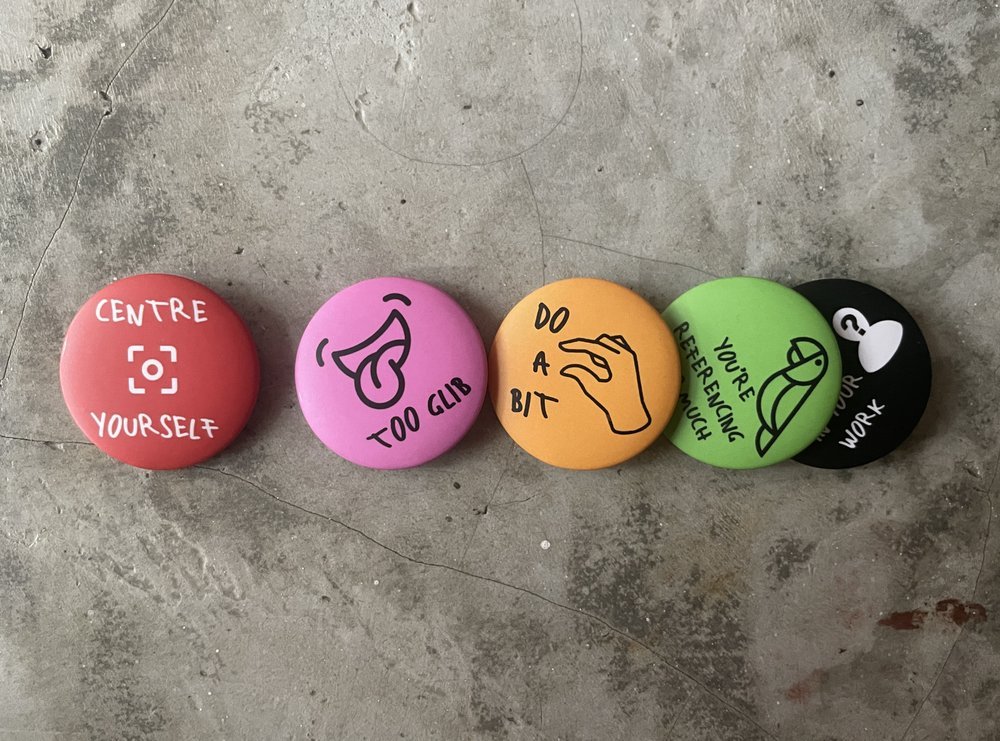Singapore Artists' New Rights
Proposed Copyright Act Changes
By Zaki Jumahri
Automatic copyright ownership, greater access to past material and new attribution rights are some of the significant changes that the Singapore arts community can expect by the end of 2021. These will form part of a new omnibus Copyright Act, prepared after a comprehensive five-year consultation process with private and public stakeholders, which includes the most significant copyright amendments affecting local artists since the Act’s introduction in 1987.
Copyright law can be tricky to navigate because its underlying premise that copyright ownership is not tied to physical ownership can be counterintuitive. Misconceptions can also remain about what is copyrightable – it is not the ideas that are copyrightable but their physical expressions. Copyright laws also differ from country to country, meaning what is legal in Indonesia may not be legal in Singapore and vice-versa. Nonetheless, understanding basic principles of copyright law and the upcoming changes to the Copyright Act can help artists anticipate and tackle potential legal concerns arising in their practice.
Here are 4 significant changes that the arts community should pay attention to.
1. Artists will automatically own copyright in commissioned work
Under the new rules, artists commissioned to produce photographs, portraits, engravings, sound recordings and cinematograph films will automatically own the copyright in these works. Currently, the person commissioning the works (the “commissioner”) automatically owns the copyright and the artist needs to negotiate with the commissioner to own the copyright instead.
Artists can leverage this new rule as a bargaining chip when negotiating future commissioning agreements, for instance, in a situation where the commissioner wants to own the copyright of the work and the artist is willing to give up their automatic copyright ownership. However, this new rule will only apply to commissioning agreements entered into after the Copyright Act changes come into effect.
2. Greater access to use and modify existing works
Copyright for certain kinds of works which currently do not expire, for example unpublished photographs, engravings, sound recordings, anonymous and pseudonymous works, will soon have an expiry date. The calculation of expiry dates will also simplify across many types of works. For example, it will no longer matter if literary or dramatic works were unpublished, published before or after the author’s death – the copyright will expire 70 years after the author’s death in any of these situations. Thus, if you wish to reproduce an excerpt from a posthumously published writing by, say Indonesian poet Chairil Anwar in Singapore, you will not need to worry about the exact publication date. You only need to count from the end of the year that he passed, i.e. since he passed in 1949, the copyrights to his works would have expired by the end of 2019.
In practical terms, artists will soon be able to legally reproduce, adapt and modify a larger collection of existing works without infringing copyright. Potentially, this means more legally sourced inspiration for ideas, works, exhibitions and commissions without worrying about licensing rules and fees.
3. New right of attribution
Artists will soon have the right to be identified in relation to their works and performances. Currently, artists only have the right to prevent false attribution i.e. preventing the wrong identification of the artist or the performer. In the future, unless an artist chooses a pseudonym or to remain anonymous, the artist has the right to be named by anyone circulating the artist’s work, whether physically or on an online portal. Potentially, this could lead to better name recognition and a wider audience for artists and performers.
4. Strengthen performers’ legal right to stop unauthorised reproductions
A performer will soon be able to stop unauthorised reproductions of their performances under any circumstances, even if the person with the reproduction did not know that the reproduction is unauthorised. This includes the audience’s recordings of live performances and video art featuring any performer. In the future, when a performer asks an uploader, retweeter or sharer to remove an unauthorised recording, any argument that the uploader, retweeter or sharer did not know that the recording was unauthorised would be invalid and the uploader, retweeter or sharer is legally required to remove the recording.
Further thoughts
Overall, these new rules herald a positive step in copyright for the Singapore arts community, giving greater leeway for artists to create new works based on existing material, as well as introducing new rights of attribution. There will be more certainty and clarity, especially for artists who are protective over the circulation of their performances on social media. The Copyright Act will also contain simplified reader-friendly provisions, which will improve understanding of the new rules. It is hoped that this is the first of many positive changes to come in the copyright landscape, in what has been a challenging pandemic period for the arts community.
For more details regarding these proposed changes, you can check out the consultation paper at https://go.gov.sg/copyright-consult2021. They are currently accepting feedback about the new provisions until 1 April 2021.
The views expressed in this article are not intended to be a source of legal advice, and you should always seek the legal advice of competent lawyers.














